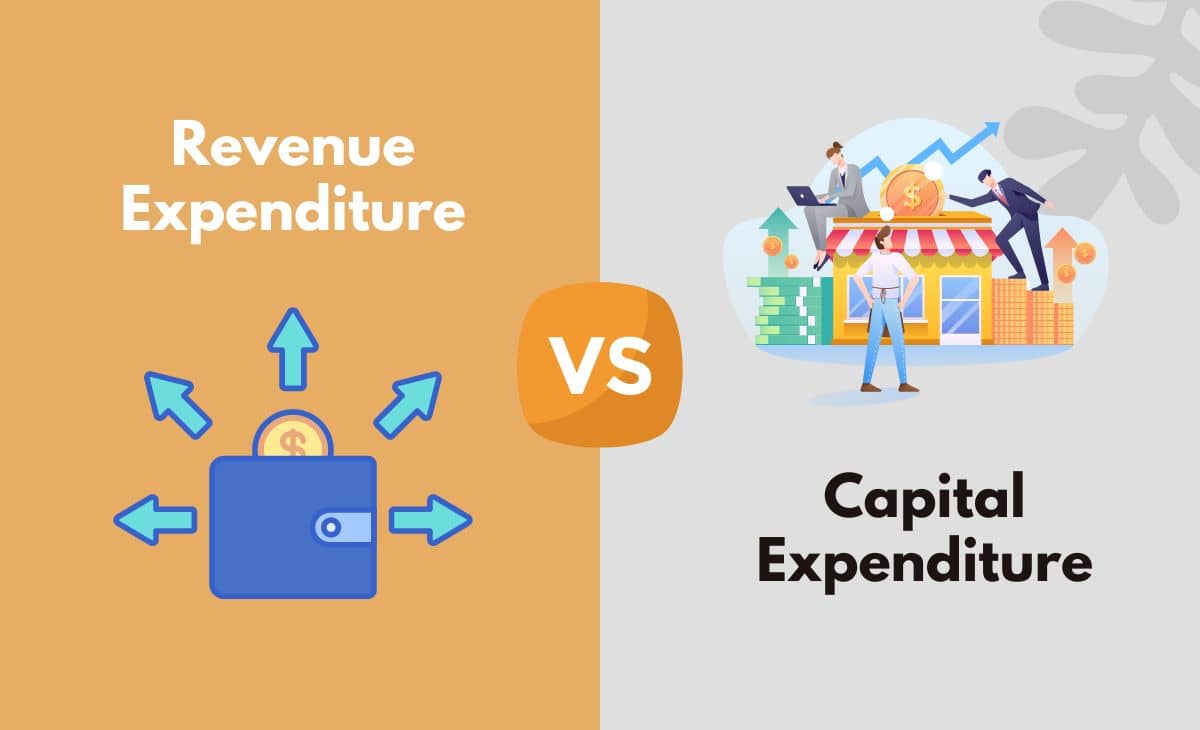Capital Expenditure CapEx Definition, Formula, and Examples

If a company buys a new vehicle for its fleet, the vehicle is considered a capital expenditure. Capital expenditures are defined as the costs of purchasing and upgrading fixed assets such as buildings, machinery, equipment, and vehicles. This is because tax deductions on operational expenses apply to the current year, while deductions on capital expenditures can be spread out over a period of time through depreciation or amortization. Startup costs are categorized into capital expenditures or operating expenses, depending on how long it takes to recover each specific cost through future revenues. All in all, the expenditure to increase current, and future economic benefits, is capital expenditure. It is a long-term investment which an enterprise performs, in the name of assets, to create financial gain for the years to come.
Capital and revenue expenditures
The expenditure which we incur on a regular basis for conducting the operational activities of the business is Revenue Expenditure. The difference between revenue expenditures and capital expenditures is another example of two similar terms that are easily mixed up. Understanding how each should be tracked can mean big savings over time and should be a firm part of your accounting strategy.
Debt financing for capital expenditure
Technology and computer equipment, including servers, laptops, desktop computers, and peripherals, are considered capital expenditures if they have a useful life of greater than one year. Inexpensive computer-related supplies (such as a mouse pad or cables) may simply be written off as an operating expense, regardless of how long they might theoretically last. Depreciation is an accounting technique that allows companies to spread the cost of a fixed asset over its useful life, rather than expensing the entire amount in the year it was purchased. Otherwise, the company’s profit picture for that year could look unrealistically bleak.
What if the payment is made by an entity other than the one that incurred the expenditure?
The cash flow from operations for ABC Company and XYZ Corporation for the fiscal year was $14.51 billion and $6.88 billion respectively. The cost is typically deducted fully in the year the expense is incurred, however, if the expense maintains the asset in its current condition, such as a repair. CapEx can be found in the cash flow from investing activities in a company’s cash flow statement. You may see it listed as capital spending, purchases of property, plant, and equipment (PP&E), or acquisition expenses.

In accounting it is important to distinguish between items of capital and revenue expenditure as their treatment in the financial statements differs. In other words, capital expenditures are considered sunk costs, and businesses have to “sink or swim” with their decisions. This indicates that for every $2 dollars of cash gained through its business operations, the company has previously allotted around $1 dollar for capital expenditures. For example, let us say that a company has $200,000 in its cash flow from operations and spends $100,000 on capital expenditures. Capital expenditures are recorded on cash flow statements under investing activities and on the balance sheet, usually under property, plant, and equipment (PP&E). Let’s say ABC Company had $7.46 billion in capital expenditures for the fiscal year compared to XYZ Corporation which purchased PP&E worth $1.25 billion for the same fiscal year.
- Our work has been directly cited by organizations including Entrepreneur, Business Insider, Investopedia, Forbes, CNBC, and many others.
- If Company B has to spend $400 per month on raw materials for its production line, then that $400 counts as a revenue expenditure for that month as it documents cost of the asset.
- In this case, the renovation cost would be considered a capital expenditure, since it will increase the value of the office space and prolong its useful life.
- Effective planning and management of CapEx are vital for strategic investments and resource allocation.
Accounting for Revenue and Capital Expenditures FAQs
Some business startup costs can be considered capital expenditures while others are counted as operating expenses. A capital expenditure is an amount spent to acquire or significantly improve the capacity or capabilities of a long-term asset such as equipment or buildings. Usually the cost is recorded in a balance sheet account that is reported under the heading of Property, Plant and Equipment.
However, as you will learn in the next section, not all costs relating to long term assets are capital expenditures. Depreciation is considered to be a revenue expenditure because it does not result in the acquisition of another asset. Instead, Depreciation simply reduces the value of the existing fixed asset over its useful life. Capital Expenditures are expensed when they are incurred whereas Revenue Expenditures are expensed when they are used or consumed. Capital Expenditure refers to an expenditure that gives rise to the acquisition of a non-current asset. Examples of Capital Expenditure include the purchase of a new machine, a building or a delivery truck.
Although over the useful life of the asset the error is self-correcting, the income is misstated in the interim. The process results in firms receiving another asset, such as a delivery truck, or using a service, such as repairing a delivery truck. Diane Costagliola is a researcher, librarian, instructor, and writer who has published articles on personal finance, home buying, and foreclosure. J.B. Maverick is an active trader, commodity futures broker, and stock market analyst 17+ years of experience, in addition to 10+ years of experience as a finance writer and book editor. Our goal is to deliver the most understandable and comprehensive explanations of financial topics using simple writing complemented by helpful graphics and animation videos.
These costs are recurring in nature and do not form part of the fixed asset cost. Thus they are shown in the income statement of the year in which they are incurred. Revenue expenditure is usually recurring expenditure on the day to day trading activities of the business. The expenditure is short term and is included in the income statement for the current accounting period.
The income of future periods will be overstated because no depreciation expense is recorded in these years. Capital expenditure may include different types of expenditures, each of which is shown as an asset in the balance sheet. Accounting for these expenditures is often accomplished by debiting how can i get my 401k money without paying taxes the asset’s accumulated depreciation account or, in the case of an addition, debiting the asset account itself. Revenue expenditures are expenditures whose benefits are used up or consumed in the current period. Expenses that are related to the regular running of the organisation’s activities.
